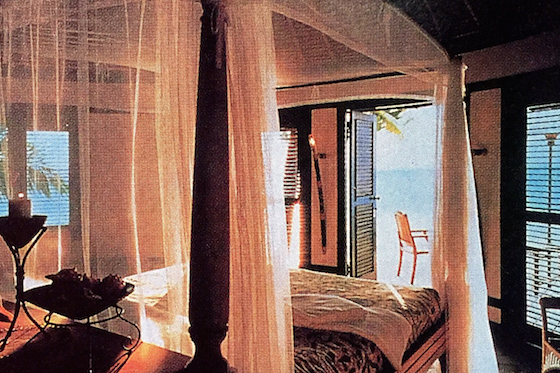“If you create a great experience, people will pay, whatever the cost,” said Michael Freed in HOTELS’ March 1996 issue. At the time, he was a co-general partner at the Jean-Michel Cousteau Fiji Islands Resort, which opened on Earth Day 1995.
Not everyone could pay, however: According to statistics at the time, the “ecotraveler” was mostly college-educated, affluent and interested in taking a longer vacation – eight to 14 days versus shorter stints – and ranging in age from 35 and 54.

Where were they going? Places like the Banyan Tree Kamandalu in Bali; the rainforest retreat of Timberhead in Guyana; and Tanzania’s Lake Manyara Hotel, on a hill overlooking a national park where lions and rhinos roamed.
“Just as hotel developers as a group are becoming more sophisticated, so are the travelers,” according to Howard Wolff of Wimberly Allison Tong & Goo, a Honolulu, Hawaii-based resort design firm. “As a result, it’s much easier now to appeal to the conscience of the developer and explain why an environmentally sensitive design makes sense – because ‘eco’ also stands for economics.” In some cases, it was also an economic win for the host country: In Tanzania, Accor Resort Hotels won a management contract in return for a hefty investment in five run-down, government-owned lodges in key wildlife areas.
At the time, though, one concern was keeping ecotourism from booming, and it wasn’t a lack of interest from developers. As one designer working on a difficult-to-access resort in Brazil said, “This market will not take off until the airplanes do.”
Every week in 2016, HOTELS magazine is celebrating its 50th anniversary by doing a #ThrowbackThursday.
